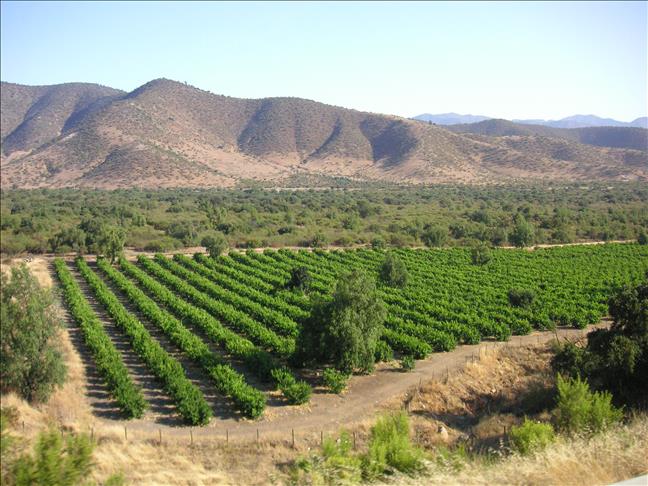Peru looks to avocados to wean itself off metals
Country rolls out details of ‘national diversification’ plan to cushion impact from slumped raw material prices.

By Alex Pashley
LIMA, Peru
Peru unveiled plans to diversify its mineral-dependent economy Tuesday, as it moves to defy an ebbing commodity boom that damped growth.
The Andean country will back its agriculture, fishing and metallurgy industries while lessening its reliance on raw materials, said minister for Production, Piero Ghezzi.
“Given the headwinds from world prices, our potential growth won’t return to 7 percent if we only depend on mining,” Ghezzi told reporters in Lima.
Sliding mining exports have weighed on Peru’s once red hot economy, which is expected to slow to just 3 percent growth this year.
As part of the 2016 - 2021 diversification strategy, Peru will launch structural reforms to spur innovation, ease regulatory bottlenecks, and formalize its $200 billion economy over the long term. It will also seek to boost non-traditional exports from $11 billion last year to $18 billion by 2030.
The country was South America’s fastest-growing economy during the last decade, averaging 6.4 percent growth as galloping commodity prices drove the top global exporter of copper, gold and silver.
Slowing demand in Asia has since tempered that growth, with mining making up 15 percent of gross domestic product and 60 percent of export income.
“If we do things right, we’re on the way to be the number one country in a series of products such as asparagus, avocados, grapes and oranges,” Ghezzi told The Anadolu Agency. “The important thing is to open markets in the context of free trade agreements.”
Peru holds 17 of those agreements and is negotiating six more including the Transpacific Partnership and Turkey, where a second round of negotiations will begin later this month.
Export sales of grape – the top non-traditional export -- rose 22.6 percent in 2013 on a year earlier to $449 million, according to the foreign trade board.
The government would take advantage of its forestry and aquaculture industries, cultivating fish in fresh water in the jungle, Ghezzi said.
That would lessen its reliance on the seas, where this year the weather phenomenon known as El Niño has dramatically reduced its haul of key anchoveta, as shoals have moved south to colder waters.
Fishmeal production, another important export, may fall by as much as 40 percent this year, according to Hamburg researcher Oil World.
Peru had “a lot of freshwater for the development of aquaculture,” Carlos Gonzalez of Peru’s export association ADEX was quoted Monday by daily El Comercio.
“In the non-metallic sector of mining, we have great potential in marble. The current concessions of forested areas are seized up [by regulation].”
To stimulate innovation, Peru will set up 20 business incubators and finance 268 entrepreneurs. Peru spends less than a third of the regional average on research and development, 0.2 percent of GDP, Ghezzi said.
Mining, whose tax receipts make up to 70 percent of state spending on social and education programs, would still remain important, however, Ghezzi added.
Anadolu Agency website contains only a portion of the news stories offered to subscribers in the AA News Broadcasting System (HAS), and in summarized form. Please contact us for subscription options.

